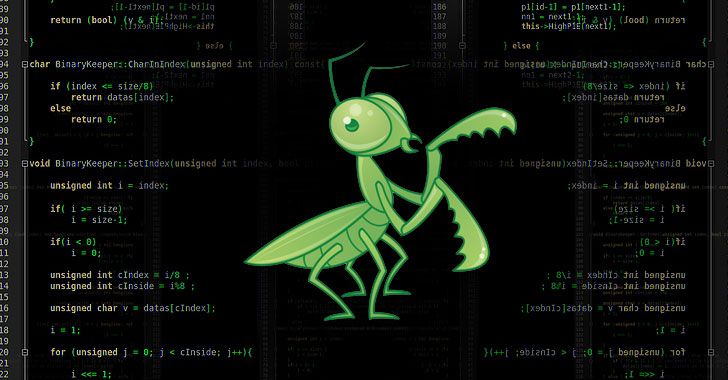Authorities are carrying out mass testing and have imposed sweeping lockdowns across 15 provinces.



Should you be worried about the massive space rock that could, theoretically, spell disaster if it were to make landfall on terra firma? No, you shouldn’t. But that doesn’t mean you should ignore it either.
The asteroid, called 2016 AJ193, is just under a mile wide and moving at a speed of 58538 miles per hour, according to EarthSky. Its closest encounter with Earth will occur on August 23 at 11:10 a.m. ET, and experts note that anyone trying to spot the asteroid in the wild will have the best chance of doing so before sunrise. If you’re trying to catch a glimpse of it, you’ll have to use a telescope.
Despite the “potentially hazardous” label designated by NASA, EarthSky is quick to allay any fears of impending apocalypse (at least from this particular asteroid) because it won’t hit Earth.



The image shows an elongated galaxy sandwiched, and stretched, between two galaxies. A long tail is visible in the galaxy on the right in this image: Called a “tidal tail,” this can occur when stars and gases are “stripped” from the outside arms of galaxies during a merger, according to Cosmos.
Tweet may have been deleted
The Hubble Space Telescope — the size of a large school bus — is over 30 years old. The solar-powered telescope takes detailed images of far-off cosmic objects, like Arp 195, yet the legendary instrument is wearing down with age, most recently exemplified by a computer problem that sent Hubble offline for weeks. Still, NASA expects “Hubble will last for many more years and will continue making groundbreaking observations, working in tandem with other space observatories including the James Webb Space Telescope to further our knowledge of the cosmos.”


The company that makes SG was testing it mainly against other cancers, but Dr. Tagawa, who is also a professor of urology and a member of the Sandra and Edward Meyer Cancer Center at Weill Cornell Medicine, and his colleagues showed in a 2015 pilot trial that it shrank tumors in three of six patients with advanced urothelial carcinoma that had not responded to platinum-based chemotherapy. That trial led to the enrollment of a group of 45 patients with treatment-refractory urothelial carcinoma (amongst many others with various advanced cancers) with encouraging results.
A new treatment for advanced urothelial cancer was effective with tolerable side effects in an international, multi-center phase 2 clinical trial led by investigators at Weill Cornell Medicine and NewYork-Presbyterian.
The trial results prompted a U.S. Food and Drug Administration (FDA) accelerated approval of the treatment on April 13, giving patients with this very aggressive type of cancer a new therapeutic option.
In the study, published online April 30 in the Journal of Clinical Oncology, the researchers gave the treatment, sacituzumab govitecan (SG), previously known as IMMU-132 and now by the trade name Trodelvy, to 113 patients with advanced urothelial carcinoma, the most common type of bladder cancer. The trial population had progressed despite treatment with platinum-based chemotherapy and immune-boosting checkpoint inhibitors, and overall had a median of 3 prior lines of therapy. Treatment with SG was followed by sustained reductions in tumor size for 31 patients (27 percent), including complete tumor disappearance in six patients. The most common severe side effects included very low white blood cell count in 34 percent (with fever in 10 percent) and severe diarrhea in 9 percent, which were managed with dose adjustment and best supportive care.
“We have really enjoyed working with General Fusion and their team of scientists on the design of the Fusion Demonstration Plant, and are particularly excited that the first of its kind will be built in the UK,” the studio told Dezeen.
A prototype power plant with a nuclear fusion reactor is set to be built in Oxfordshire, England, by Amanda Levete’s firm AL_A for the Canadian energy company General Fusion.
Located on the UK Atomic Energy Authority’s (UKAEA) campus in Culham, the Fusion Demonstration Plant will be used to prove the viability of General Fusion’s nuclear fusion technology as a carbon-free energy source.
A_LA said it will be the world’s first nuclear power plant of its kind upon completion in 2025.

I know some epidemiological studies have promoted moderate alcohol intake as better for longevity than not drinking at all, but I thought that sounded kinda suspicious, so I dug into all the research to see for myself.
Turns out, there’s actually some in vivo studies showing life extension effects of low amounts of alcohol on animals.
What’s the effect of moderate alcohol on life expectancy? The science is confusing so we did a deep dive to find if a little booze is healthy.

The US military’s AI experiments are growing particularly ambitious. The Drive reports that US Northern Command recently completed a string of tests for Global Information Dominance Experiments (GIDE), a combination of AI, cloud computing and sensors that could give the Pentagon the ability to predict events “days in advance,” according to Command leader General Glen VanHerck. It’s not as mystical as it sounds, but it could lead to a major change in military and government operations.
The machine learning-based system observes changes in raw, real-time data that hint at possible trouble. If satellite imagery shows signs that a rival nation’s submarine is preparing to leave port, for instance, the AI could flag that mobilization knowing the vessel will likely leave soon. Military analysts can take hours or even days to comb through this information — GIDE technology could send an alert within “seconds,” VanHerck said.
The most recent dry run, GIDE 3, was the most expansive yet. It saw all 11 US commands and the broader Defense Department use a mix of military and civilian sensors to address scenarios where “contested logistics” (such as communications in the Panama Canal) might pose a problem. The technology involved wasn’t strictly new, the General said, but the military “stitched everything together.”